The Dire Need for Data Automation in the Manufacturing Industry | AFFLINK
AFFLINK
AUGUST 17, 2022
The purpose of any supply chain is to get materials from the point of origin to the place of need as quickly and inefficiently as possible. In today's market — now pockmarked by erratic supply chain disruptions — fulfillment is easier said than done. In today’s post-pandemic business world, that could be anywhere.

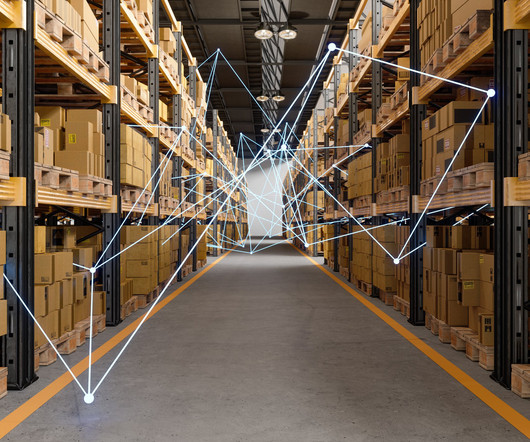

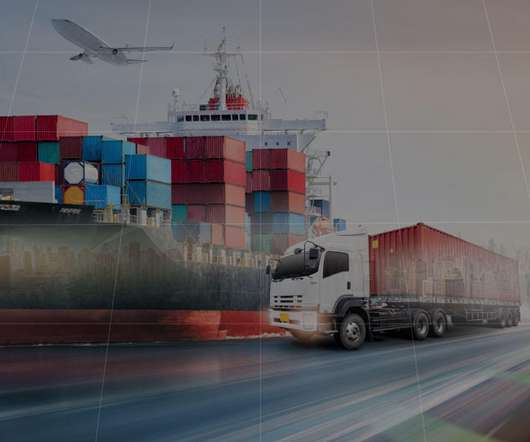

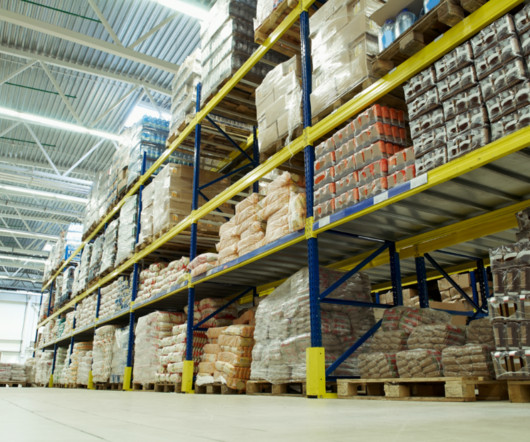

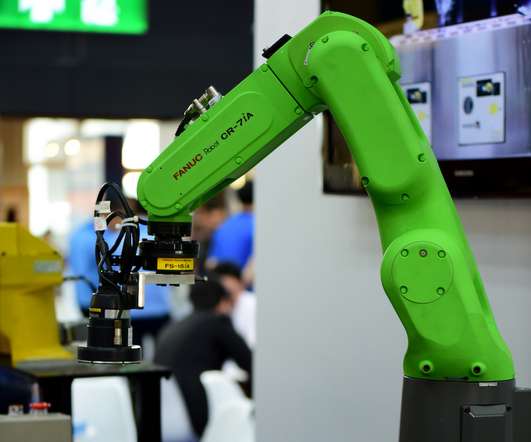




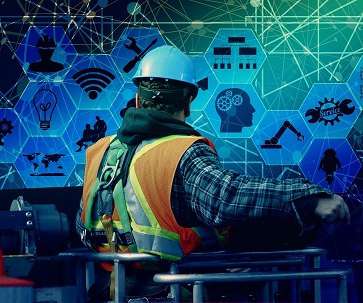
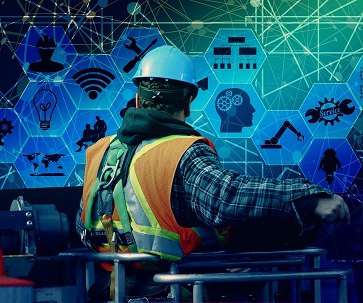
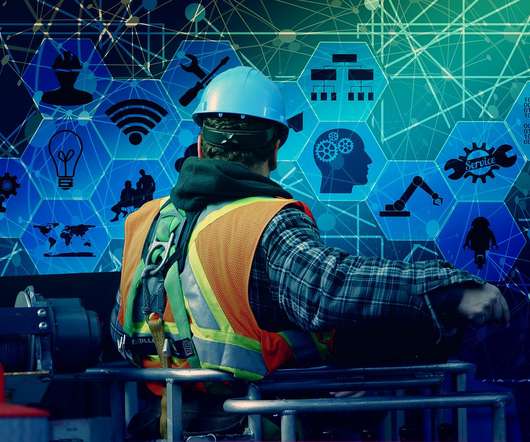











Let's personalize your content